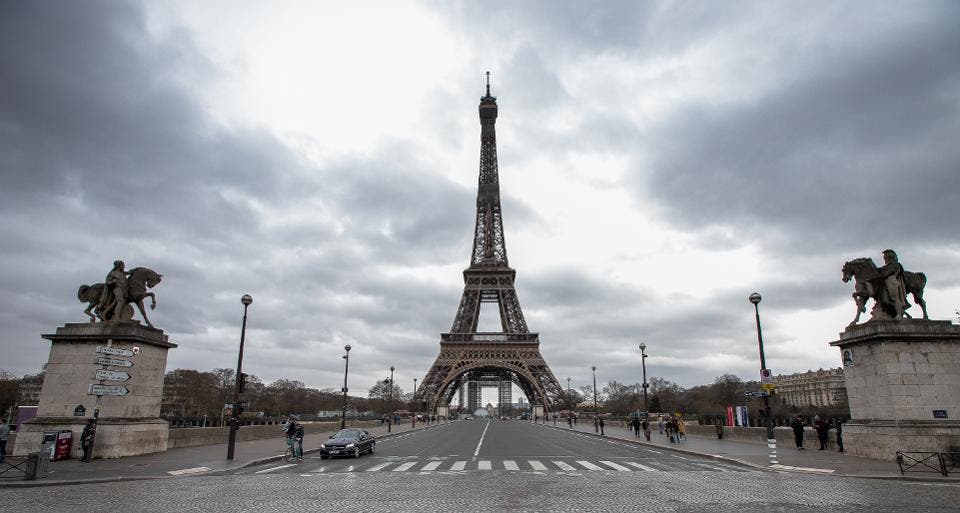More than three million people’s lives were saved across Europe thanks to the quarantine and lockdown measures implemented during the coronavirus crisis, according to a new study — highlighting the importance of staying at home and implementing social distancing to avoid spreading the virus.

The study was carried out by a team at Imperial College London which looked at the impact of the restrictions in Austria, Belgium, Denmark, France, Germany, Italy, Norway, Spain, Sweden, Switzerland, and the UK up to the beginning of May. By then, 130,000 people had died from the virus in those countries.
The researchers (the same group which published the pivotal report that convinced the UK to change its strategy), used disease modeling to predict how many deaths there would have been if lockdown had not happened.
The model showed that across the entire continent, 3.2 million people would have died by 4 May if lockdown measures wouldn’t have been implemented.
“This data suggests that without any interventions, such as lockdown and school closures, there could have been many more deaths from COVID-19,” Dr Samir Bhatt, study author, said in a statement. “The rate of transmission has declined from high levels to ones under control in all European countries we study.”
The researchers calculated that up to May 4, between 12 million and 15 million people were infected by Covid-19 in the selected European countries. Belgium had the highest level of infection at 8% of the population, followed by Spain (5.5%), the UK (5.1%) and Italy (4.6%), according to the study.
The lockdown measures, such as closing schools, limiting the use of public transportation and closing shops and shopping malls, reduced the spread of the virus – meaning the number of people contaminated by each infected person – by 82% on average, the study showed.
Using their model, the researchers predicted that the coronavirus outbreak would be nearly over by now without lockdown, as so many people would have been infected. For example, more than seven in 10 people in the UK would have had Covid-19, leading to herd immunity and the virus no longer spreading.
“Our model suggests that the measures put in place in these countries in March were successful in controlling the epidemic by driving down the reproduction number and significantly reducing the number of people who would have been infected by the virus,” Sarah Flaxman, study author, said in a statement.
The study at Imperial College is in line with similar findings in other parts of the world regarding the positive effects of the lockdowns. Researchers from the University of California looked at the impact of lockdowns in China, South Korea, Iran, France, and the US, finding that 530 million infections were prevented there. Furthermore, the study only analyzed some European countries — the total positive impact is likely to be much higher.
Many of the countries analyzed by the two studies are already starting to lift their lockdowns and getting back to normal. Doing so increases the risk of the virus starting to spread again, researchers argued. “If mobility goes back up there could be a second wave coming reasonably soon, in the next month or two,” Bhatt told the BBC.
The study was published in the journal Nature.






